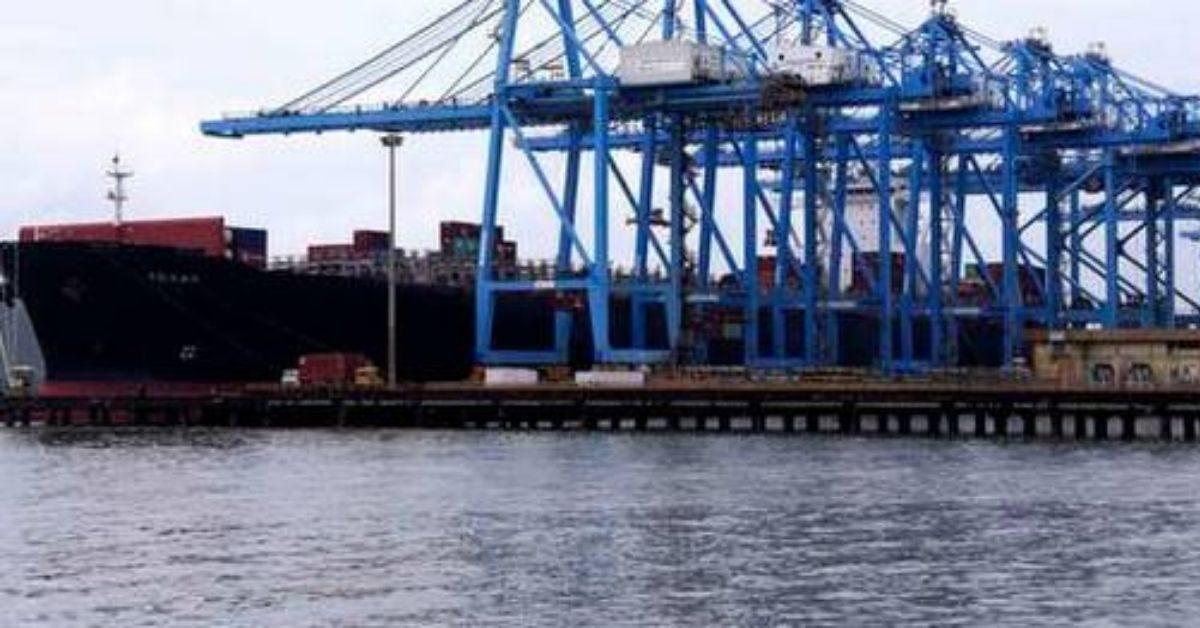
Source: Times of India
The new norms require lenders to set aside 5% of the money they have lent as general provisions for all existing and new loans. Currently, banks have to provide only 0.4% of the loan amount for exposures that are not in default.
This move could impact profits of banks with significant exposure to such projects. The norms come at a time when asset quality has substantially improved in project lending, partly because most of the funding has been done in projects where govt was a counterparty.
Bankers added that the new norms require 1% provision even after project completion, which is more than double the existing provision.
According to a senior public sector bank official, the cost of project financing will increase due to higher interest rates. The provisions will also reduce banks’ profits as they have to be carved out of their earnings. The new norms have also reduced the flexibility available for lenders, as they have hard-coded what needs to be done under different scenarios such as project delays.
However, RBI might have decided to tighten the prudential norms as a slew of projects are expected to come up for financing in the private sector, including renewable power and other areas.
“The lenders have already been adding risk premium while funding under construction projects, however, higher provisons and capital allocation will further increase borrowing costs for projects during construction phase. On the positive side, increased provisions during construction phase improve resilience of lenders to address the potential risk of such projects,” said Anil Gupta, senior vice-president at Icra.
He added that lenders who have higher share of under construction projects with longer gestation periods may also face sustained impact on their capital adequacy.
Once a project starts operating, lenders can reduce the provisioning to 2.5% of the money lent. If the project is performing well and has sufficient cash flow to repay loans, the provisions can be further reduced to 1% of the money lent.
RBI also revised its rules on exposure to capital markets, considering the T+1 settlement introduced by stock exchanges. Under T+1, the maximum risk is assumed at 30%, assuming that stocks may go down 20% one day and 10% the next. The earlier norms were prescribed by RBI based on T+2 rolling settlement for equities.





